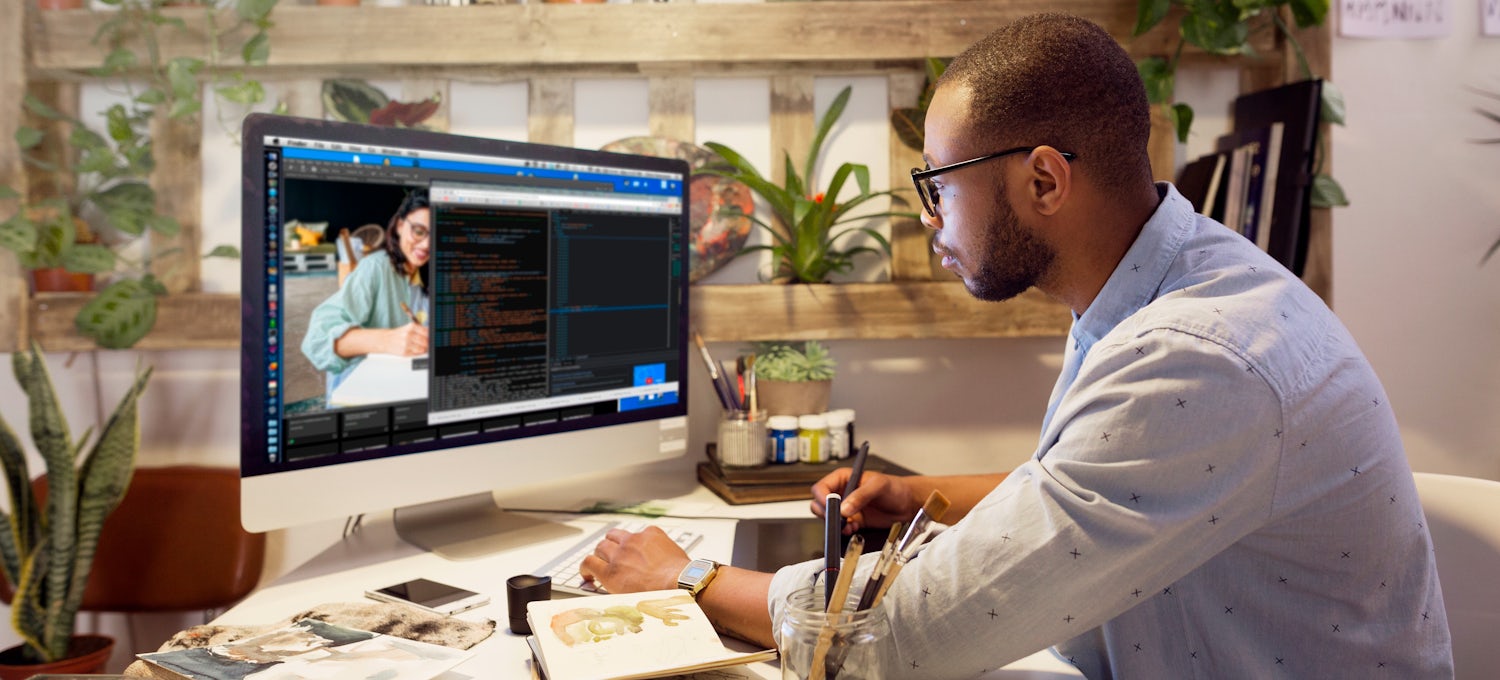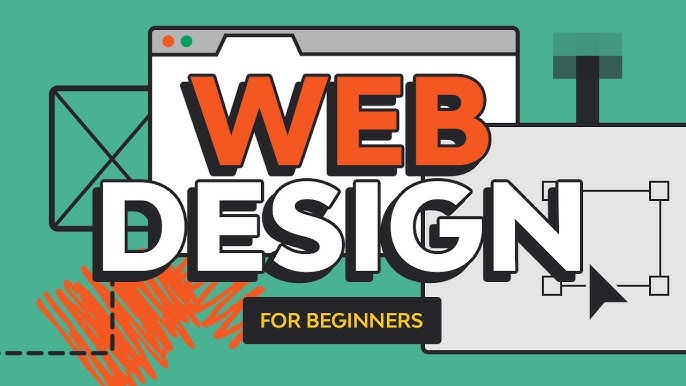The Very Best Kinds Of Website Design to Improve Customer Experience and Interaction
In the ever-evolving landscape of digital interaction, the performance of Web layout considerably influences customer experience and engagement. Different layout approaches, such as minimalist, responsive, and interactive designs, each offer one-of-a-kind advantages that can cater to varied customer needs.
Minimalist Website Design
As digital landscapes come to be significantly cluttered, minimalist website design has actually arised as a powerful method to enhancing individual experience. This style philosophy focuses on simplicity, focusing on essential aspects while eliminating unneeded distractions. By making use of enough white area, uncomplicated navigation, and a restricted shade combination, minimal design fosters quality and routes individual interest to essential web content.
The core concept of minimal Web layout is to create a smooth communication for individuals. By lowering cognitive tons, individuals can quickly understand info without really feeling bewildered. This direct approach not just enhances usability but additionally urges involvement, as site visitors are more most likely to explore a website that is easy and visually appealing to browse.
Additionally, minimalist style frequently stresses typography and images, utilizing these aspects strategically to communicate messages successfully. This focus on crucial components can improve brand name identity and create an unforgettable customer experience. Essentially, minimal website design is not simply a pattern; it is a thoughtful methodology that identifies the significance of user-centered style. By removing additional aspects, designers can develop a much more interesting, efficient, and satisfying Web experience for all individuals.
Responsive Website Design
In today's varied digital atmosphere, responsive Web layout has actually come to be crucial for developing a smooth customer experience throughout a multitude of tools. As individuals accessibility sites on mobile phones, laptops, desktop computers, and tablets, the capability of an internet site to adapt its design and web content to various screen sizes and resolutions is critical.
Responsive Web design uses versatile grids, images, and CSS media inquiries to ensure that Web material exists ideally, regardless of the gadget used. This approach not only improves the visual allure of a web site yet likewise substantially enhances use. Users are a lot more most likely to engage with a site that supplies a constant experience, as it eliminates the disappointment of needing to zoom in or scroll exceedingly.
Additionally, online search engine, consisting of Google, prioritize mobile-friendly sites in search rankings. By taking on responsive style, companies can boost their visibility and get to a more comprehensive audience. This approach additionally simplifies website maintenance, as a single version of the site can deal with all tools, minimizing the demand for multiple versions. In recap, responsive website design is a basic practice that enhances user experience, engagement, and overall complete satisfaction.
Interactive Web Layout
Receptive Web design lays the groundwork for enhancing individual experience, but interactive website design takes this an action further by involving individuals in a more dynamic means - Aligned Position Web Design. By integrating components such as computer animations, clickable models, and real-time comments, interactive website design captivates individuals, attracting them into a richer browsing experience
This method not only fosters interaction however additionally urges customers to explore content proactively instead of passively consuming it. Strategies such as gamification, where customers make rewards for completing jobs, can dramatically boost the time invested on a site and boost overall contentment. Interactive functions can streamline intricate info, making it more absorbable and satisfying.

Integrating interactive layout aspects can also lead to greater conversion rates, as individuals are most likely to involve with a site that proactively includes them. Aligned Position Web Design. Eventually, interactive Web layout transforms individual experiences right into remarkable trips, ensuring that visitors return time after time
Apartment Layout
Identified by its minimalistic approach, level layout stresses simplicity and functionality, removing unnecessary components and focusing on vital attributes. This design philosophy prioritizes use, ensuring that individuals can navigate user interfaces with simplicity and efficiency. By using a clean aesthetic, flat style gets rid of the mess commonly discovered in a lot more luxuriant designs, consequently enhancing user concentrate on material and functionality.
The characteristic of flat style hinges websites on its usage of vibrant colors, straightforward typography, and geometric forms. These aspects add to an aesthetically enticing user interface that is both contemporary and approachable. In addition, level design cultivates a sense of quality, enabling customers to determine important actions and info without diversion.
Additionally, flat design is especially effective in responsive Web layout, as its simplicity equates well throughout different browse around this web-site devices and screen sizes. The lack of intricate structures and gradients decreases packing times, which is important for maintaining individual interaction. As digital landscapes continue to progress, flat style remains a pertinent selection for developing user-friendly internet sites that improve general experience. By concentrating on important features, level design not only fulfills user demands but additionally motivates seamless communication, making it a vital element of efficient website design approaches.
Adaptive Web Layout
Adaptive website design customizes the user experience by developing several taken care of formats tailored to various display dimensions and gadgets. Unlike responsive layout, which fluidly changes a single layout, adaptive style uses unique layouts for details breakpoints, ensuring ideal discussion on different platforms. This method permits developers to focus on the unique features of each gadget, enhancing usability by delivering specifically what customers require based on their context.
Among the main advantages of adaptive Web design is its capacity to enhance tons times and efficiency. By offering tailored material and photos that fit the individual's tool, sites can reduce data use and boost loading rates. This is particularly valuable for individuals with slower connections or limited data strategies.

In addition, flexible design assists in a more regulated and consistent branding experience. Since designers develop several designs, they can make certain that the aesthetic elements line up with the brand's identification throughout various platforms - Aligned Position Web Design. This see this site results in a cohesive customer experience, boosting involvement and promoting individual retention
Final Thought
Finally, the combination of minimal, responsive, and interactive website design principles considerably boosts customer experience and engagement. Minimalist style fosters clarity and focus, while responsive layout makes sure flexibility throughout numerous devices, advertising ease of access. Interactive style astounds individuals via dynamic aspects, motivating exploration and personalization. Jointly, these layout comes close to contribute to the production of easy to use settings that not only improve complete satisfaction however additionally drive higher conversion rates, highlighting their vital significance in modern Web design techniques.

Minimalist style cultivates clarity and focus, while receptive style guarantees adaptability across various tools, advertising ease of access. Jointly, these design comes close to contribute to the development of easy to use environments that not just enhance contentment but also drive higher conversion rates, highlighting their crucial relevance in modern Web design methods.